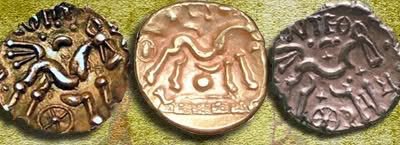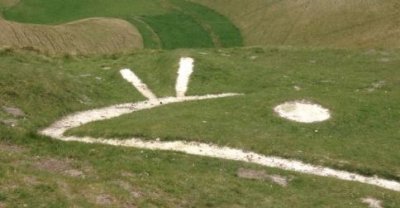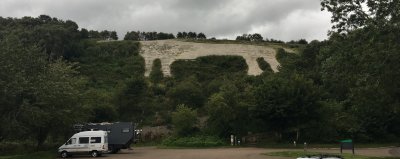- Joined
- Jul 27, 2001
- Messages
- 1,217
Uffington "Horse" (in FT81)
Just having a flick through FT81, and came across the Uffington White Horse in Oxfordshire (on p18), and its dating of 1,400-600 BC.
It also mentions that it may be a cat rather than a horse... (keen readers of my crypto-threads will know where this one's going)... evidence of ancient ABC action/cat worship?
What does everyone else think?
(here's a scan if anyone wants a look - http://www.pmella.freeserve.co.uk/uffington.jpg)
Just having a flick through FT81, and came across the Uffington White Horse in Oxfordshire (on p18), and its dating of 1,400-600 BC.
It also mentions that it may be a cat rather than a horse... (keen readers of my crypto-threads will know where this one's going)... evidence of ancient ABC action/cat worship?
What does everyone else think?
(here's a scan if anyone wants a look - http://www.pmella.freeserve.co.uk/uffington.jpg)







